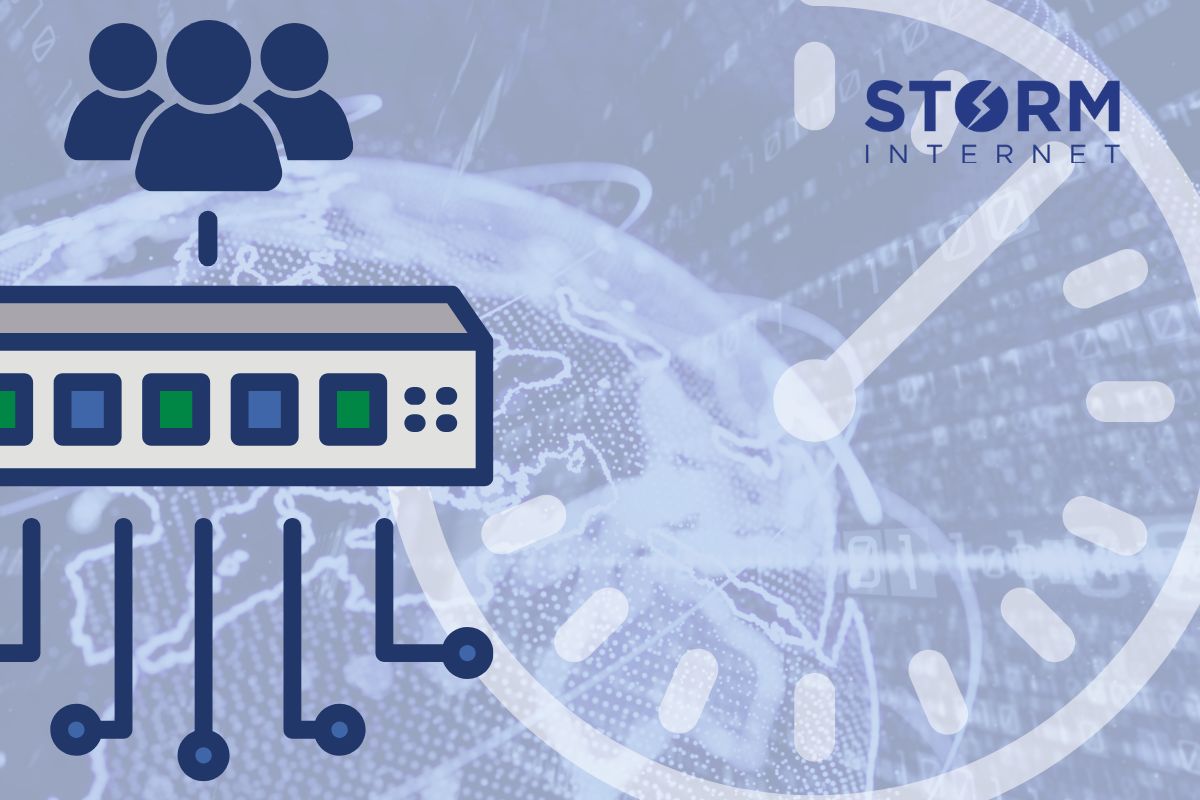Uncategorised
Why Cloud Hosting Bills Get Out of Control

Cloud hosting should be a growth enabler for SaaS businesses. But all too often, cloud bills spiral beyond expectations, slashing margins and raising red flags in finance meetings. In fact, cloud overspend is now so widespread that 78% of companies estimate 21–50% of their cloud expenditure is wasted annually.
This post explores why cloud hosting bills get out of control, the hidden factors behind those creeping invoices, and how you can regain cost predictability without sacrificing performance.
1. Cloud Waste Is the Norm, Not the Exception
If you’re overspending on cloud, you’re not alone. A 2022 Flexera report found that 32% of cloud budgets are wasted on average. It’s not just small startups making rookie mistakes – even large enterprises face $25k+ in cloud waste each month, with 15% exceeding $75,000.
What’s driving this?
- Resources are left idle but continue to incur charges.
- Usage is rarely aligned with actual demand.
- Monitoring is either missing or reactive.
In short, the cloud is elastic, but the costs can stretch faster than your awareness of them.
2. Overprovisioning and “Just in Case” Mentality
One of the biggest culprits behind spiraling bills is overprovisioning – allocating more CPU, memory, and storage than needed, just in case. The flexibility of cloud makes it tempting to provision generously, but unused capacity still costs you money.
This issue compounds when autoscaling isn’t set up properly or when teams fail to rightsize instances after usage patterns change.
3. Complexity and Hidden Pricing Traps
Most public cloud providers, like AWS and Azure, offer pay-as-you-go pricing – which sounds budget-friendly, but hides a web of complexity:
- Egress fees for data transfers
- Per-request billing for serverless functions
- Licensing fees tied to instance types or OS
- Region-based pricing variations
- Charges for unused but provisioned services, like unattached volumes or idle load balancer
This lack of pricing transparency makes budget forecasting nearly impossible, especially for fast-scaling SaaS platforms.
4. The Forgotten Costs of Dev/Test Environments
Developers love spinning up environments. But they don’t always remember to shut them down. Staging, testing, or QA environments often sit idle outside working hours—still burning money.
Unless you automate shutoff schedules, you’re paying full price for half-day workloads.
5. External Forces: Inflation, AI, and Geopolitics
Even if your cloud usage is well managed, external market forces can drive up costs:
Energy Inflation in Europe
Geopolitical tensions—especially the war in Ukraine – have pushed European electricity prices up almost 40%. Data centers are power-hungry, and providers like Azure and Google Cloud are passing some of those costs on.
AI Infrastructure Premiums
Running AI services (especially LLMs) requires GPUs, DPUs, and increased cooling—all expensive. Major SaaS players like Salesforce have already introduced premium AI tiers to offset this infrastructure cost. Expect more tiered, usage-based pricing models for AI-powered features.
Security and Supply Chain Pressure
Cybersecurity threats and semiconductor shortages are forcing providers to invest in hardware and protection. These costs eventually show up on your bill—even if they’re buried in bundled pricing.
6. Lack of Visibility and Cost Ownership
According to research, 49% of cloud-based businesses struggle to control costs—largely due to lack of visibility. Without clear dashboards, real-time alerts, or cost allocation tools, overspend can happen without anyone noticing until it’s too late.
SaaS teams are often focused on shipping features. No one’s watching the bill, especially in early-stage companies.
7. Scaling Before Optimising
Success can be expensive if you scale blindly. It’s tempting to throw more compute at performance issues, but if your stack isn’t optimised—you’re just burning money faster.
Cloud hosting should scale intelligently, not reactively. Without usage caps, traffic spikes or faulty code can instantly inflate costs.
8. Mismanaged Serverless & Autoscaling Setups
Ironically, technologies built for efficiency can also backfire. Serverless functions (like AWS Lambda or GCP Cloud Functions) scale instantly—but if not carefully controlled, they can spawn thousands of parallel executions, leading to shocking bills.
Similarly, autoscaling setups without proper thresholds or cooldown periods can overreact to load changes and overprovision resources.
How to Regain Control: Strategies to Reduce Cloud Waste
Rightsize everything: Audit CPU, RAM, storage, and network usage. Eliminate overprovisioning and use smaller instance types where possible.
Set schedules for non-production environments: Automate start/stop schedules for dev/test environments with tools like Google Cloud Scheduler or AWS Instance Scheduler.
Remove orphaned & idle resources: Regularly audit infrastructure for unused VMs, unattached volumes, and forgotten services. Implement tagging policies to track ownership and prevent sprawl.
Embrace FinOps: Create shared accountability between engineering, operations, and finance. FinOps isn’t a tool – it’s a cultural approach to cloud cost management.
Educate your teams: Make cloud cost awareness part of your onboarding and DevOps culture. Developers who understand cost implications write more efficient infrastructure code.
Storm’s Take: Fixed Pricing, Predictable Growth
At Storm, we believe cloud hosting should empower your SaaS growth—not punish your success. That’s why we offer predictable, fixed-cost hosting, designed for scale.
- No hidden data egress fees
- No unpredictable auto-scaling spikes
- No confusing licensing bundles
Just transparent, platform-agnostic infrastructure with expert guidance to optimise performance and eliminate waste.
Conclusion
Cloud hosting isn’t just a technical decision—it’s a financial one. With costs rising from both internal inefficiencies and external pressures, SaaS businesses need to rethink how they scale.
Visibility, control, and smarter infrastructure choices are the key to regaining cost predictability—without compromising speed or reliability.
Want to know exactly where your cloud spend is leaking? Let us show you.
Speak with a Storm Expert
Please leave us your details and we'll be in touch shortly
A Trusted Partner








